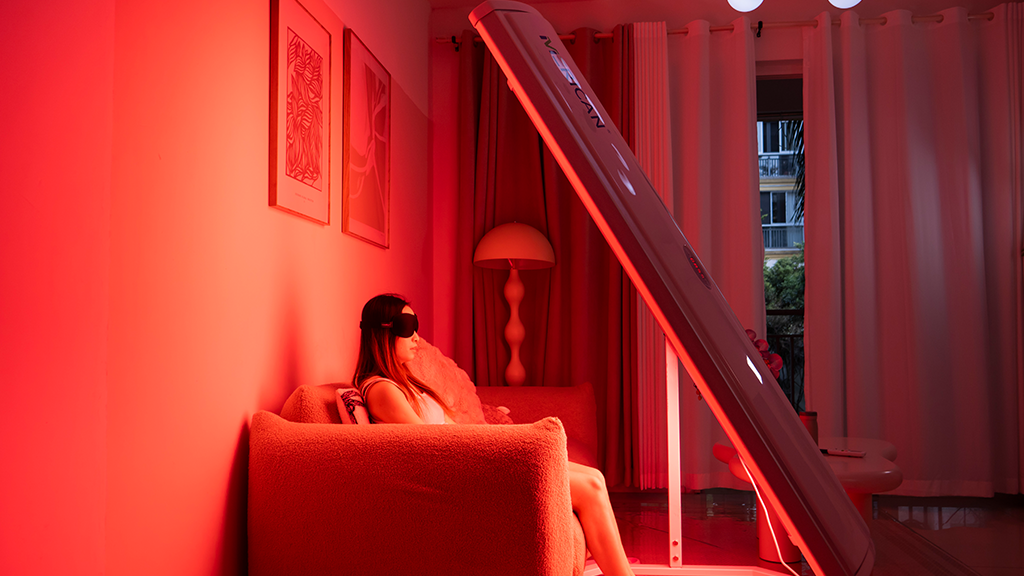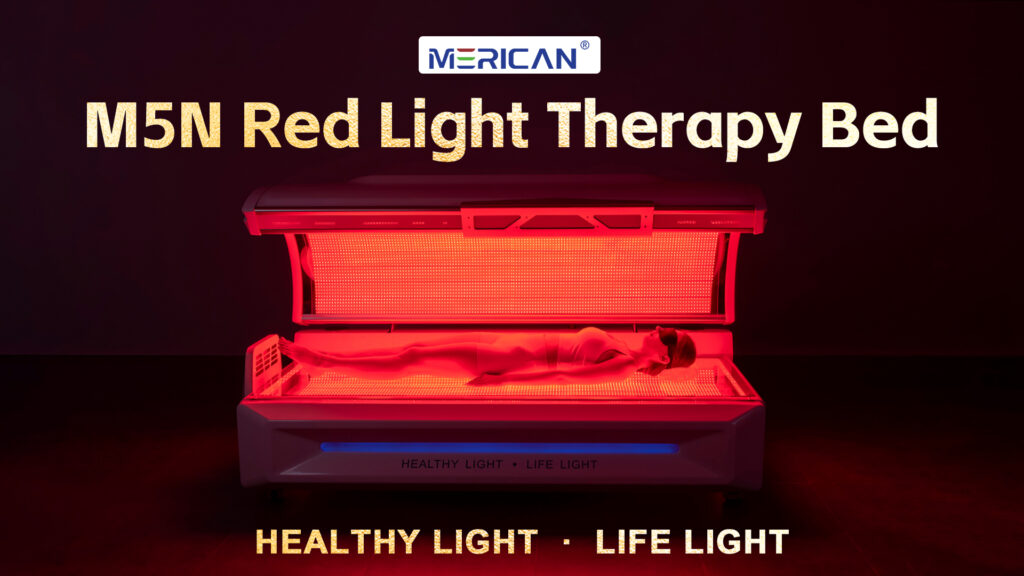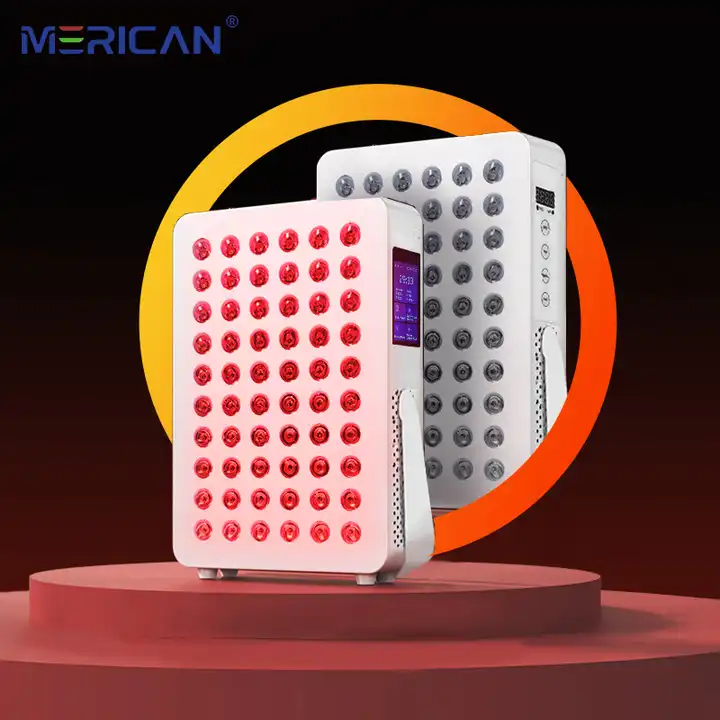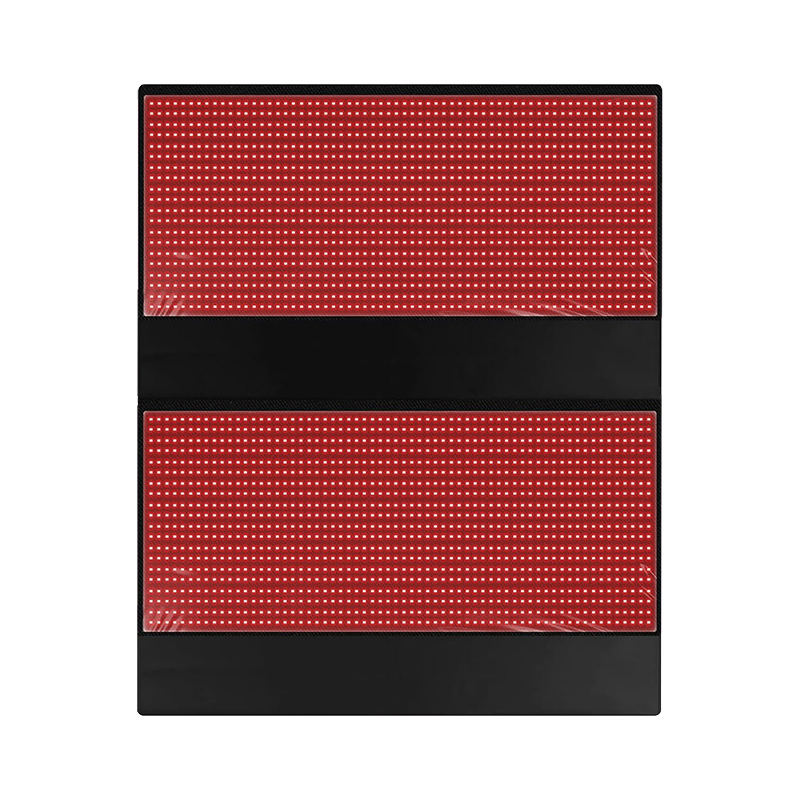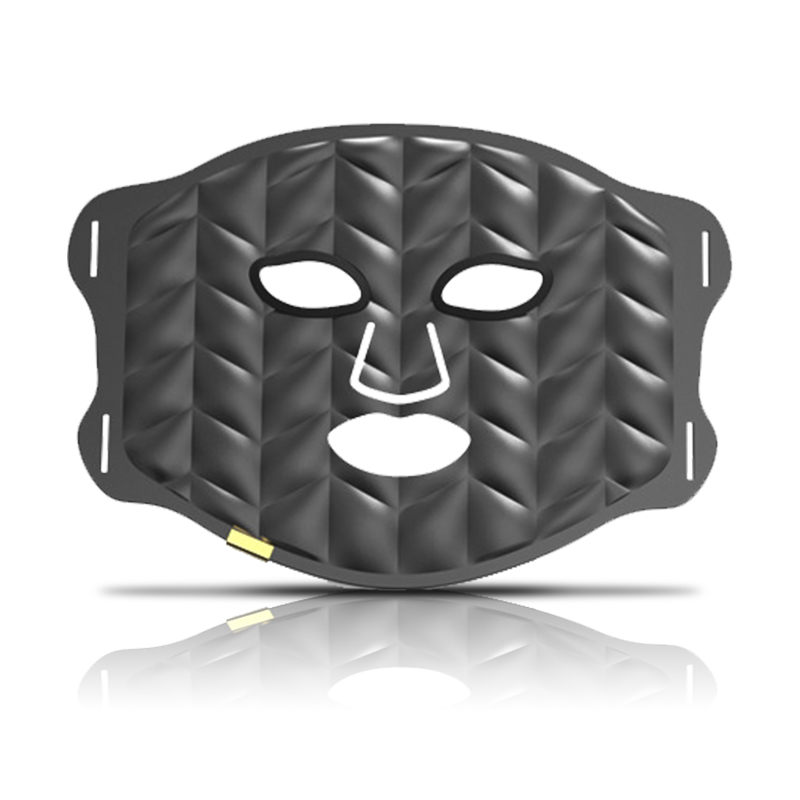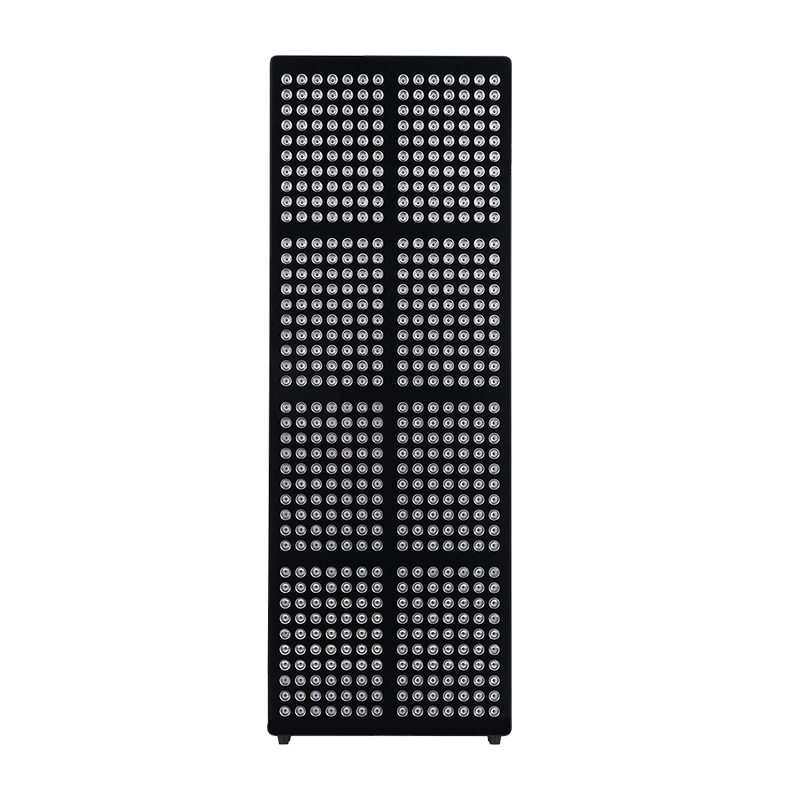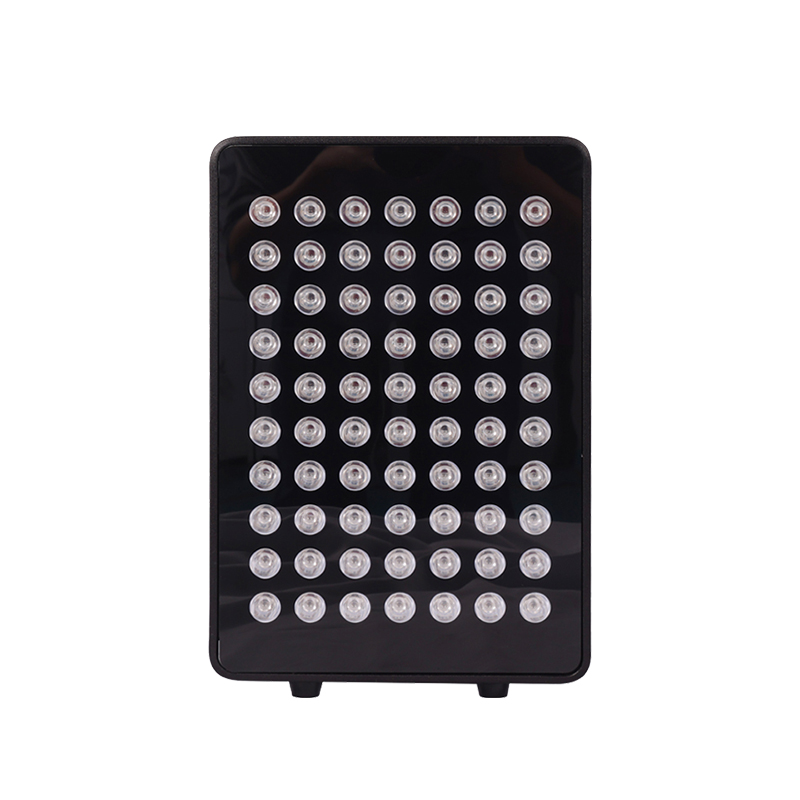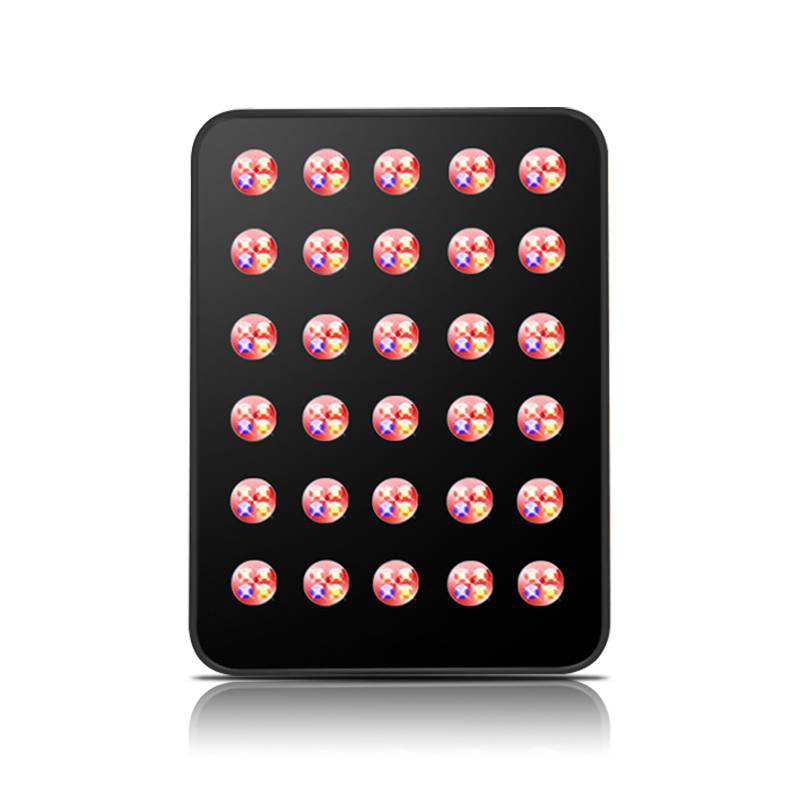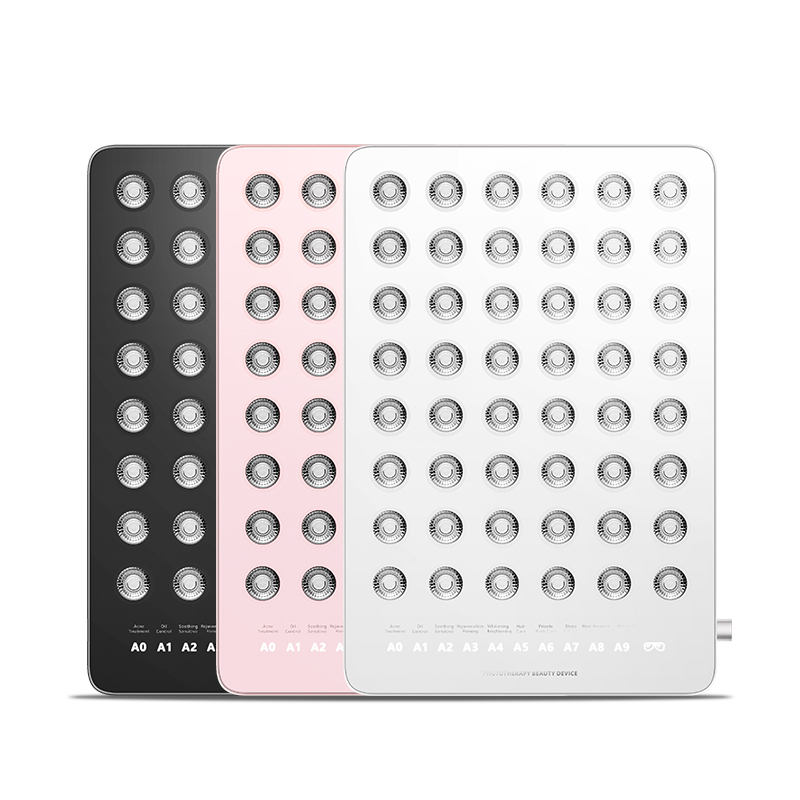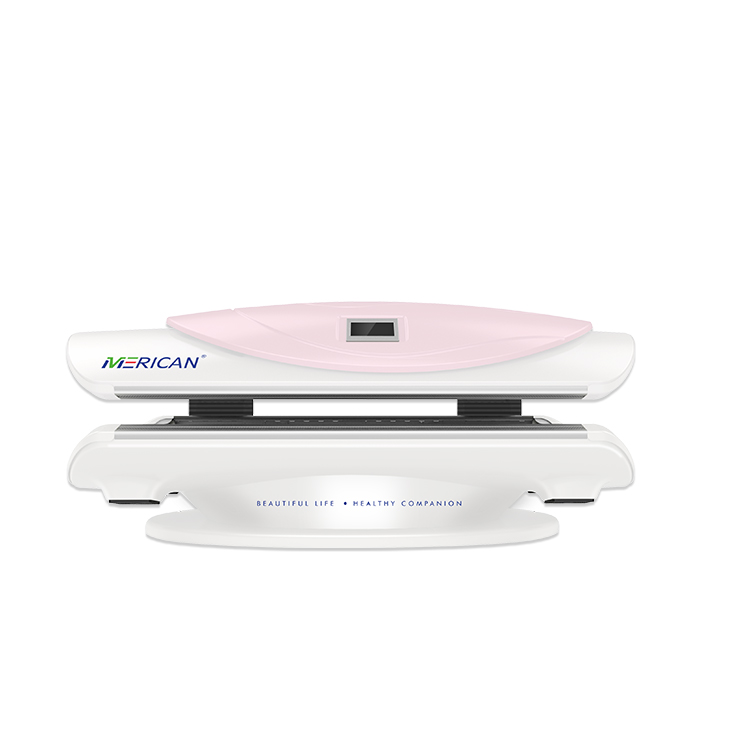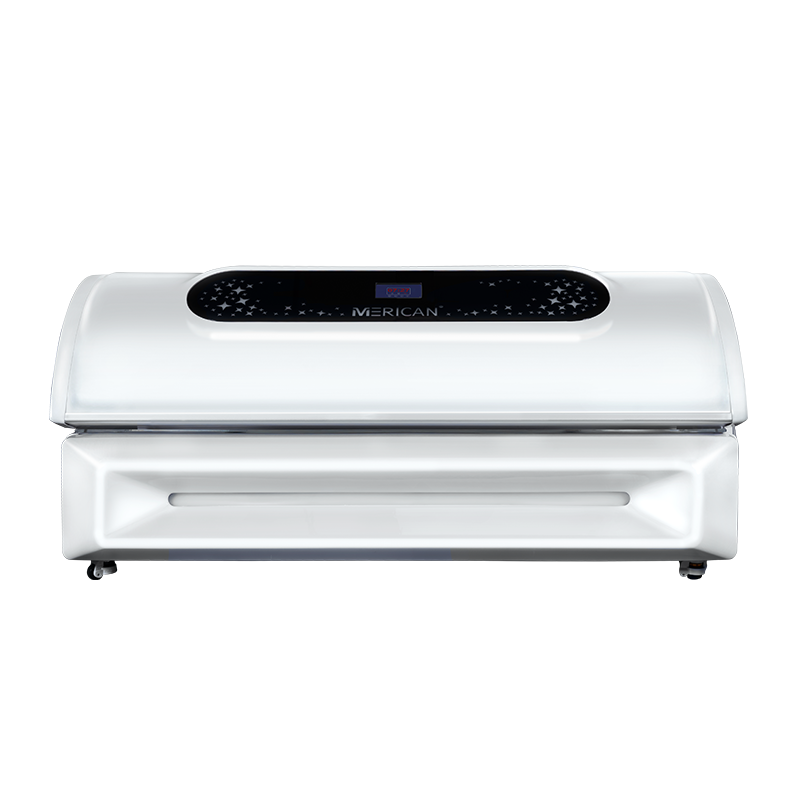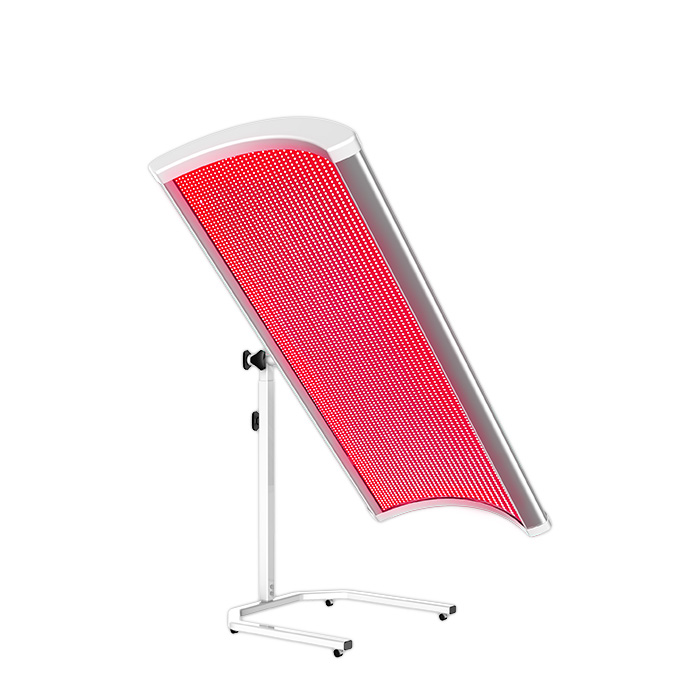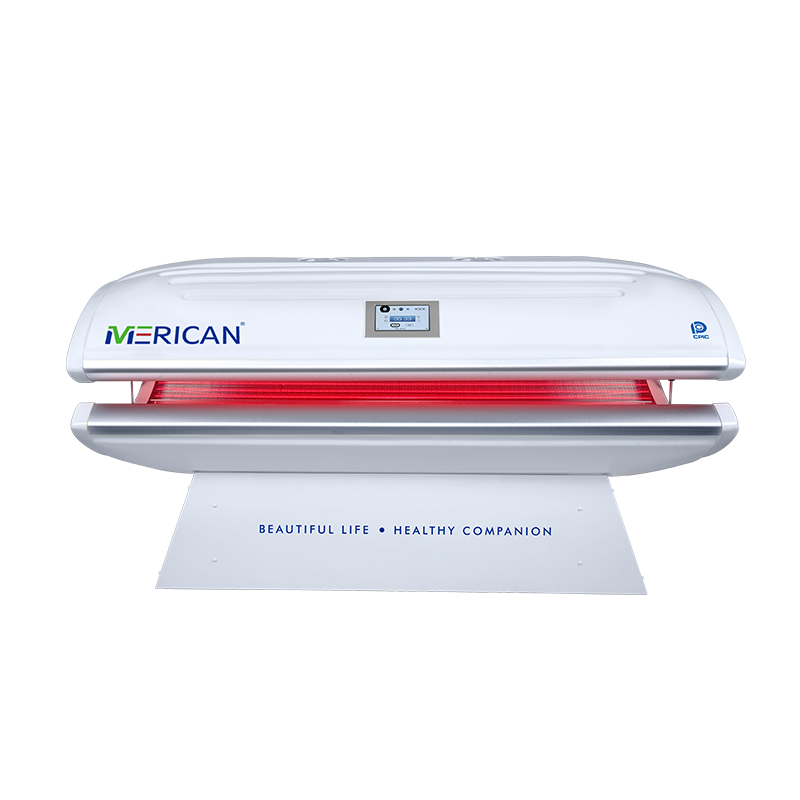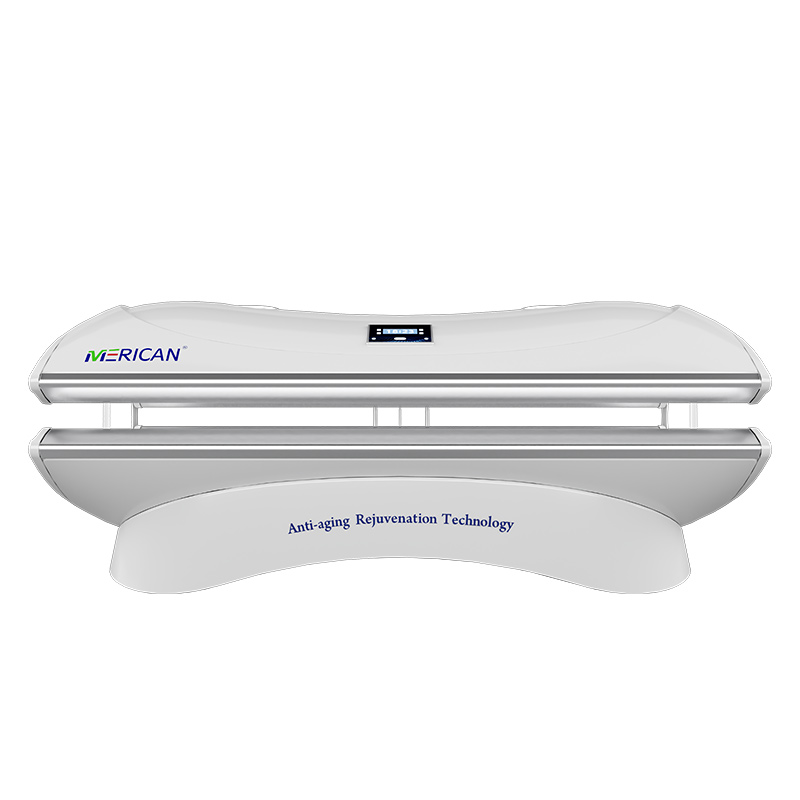With all the buzz around red light therapy and the well-known benefits of natural sunlight, it’s easy to wonder: which one is better for your health? Sunlight has always been essential for producing vitamin D and boosting mood, but modern red light therapy offers skin rejuvenation, pain relief, and more—without the risks of UV exposure.
So how do they compare? And can one replace the other?
In this article, we’ll explore the differences, benefits, and myths about red light therapy and natural sunlight—while answering important questions like:
- Does red light therapy increase vitamin D?
- Is red light therapy the same as infrared?
- Which light therapy is best for sagging skin?
- Does the red light stop aging?
Let’s shine some light on the facts.
| Feature | Red Light Therapy | Natural Sunlight |
| UV Exposure | None | Present (can be harmful in excess) |
| Vitamin D Production | No | Yes |
| Skin Rejuvenation | Yes (stimulates collagen) | Limited (UV can damage skin) |
| Pain Reduction | Yes (reduces inflammation) | Moderate (through warmth) |
| Mood Enhancement | Possible (via cellular energy) | Yes (increases serotonin) |
| Availability | Anytime, indoors | Daytime, weather-dependent |
| Risk of Overexposure | Minimal with proper use | High (sunburn, skin cancer risk) |
| Consistency | Controlled and consistent | Variable (depends on external factors) |
Understanding Natural Sunlight

Composition of Sunlight
Natural sunlight is a broad-spectrum light source that includes:
- Ultraviolet (UV) Light
Comprising UVA, UVB, and UVC rays. UVB is crucial for vitamin D synthesis in the skin.
- Visible Light
Encompasses all colors visible to the human eye, including blue, green, and red light.
- Infrared (IR) Light
Penetrates more profoundly into the skin, providing warmth and therapeutic benefits.
Health Benefits of Sunlight
- Vitamin D Production
UVB rays stimulate the skin to produce vitamin D, which is essential for bone health, immune function, and mood regulation.
- Circadian Rhythm Regulation
Exposure to natural light helps maintain the body’s internal clock, promoting better sleep patterns.
- Mood Enhancement
Sunlight exposure increases serotonin levels, improving mood and reducing the risk of depression.
- Skin Conditions
Controlled UV exposure can alleviate symptoms of certain skin conditions like psoriasis and eczema.
Risks Associated with Sunlight
- Skin Damage
Excessive UV exposure can lead to sunburn, premature aging, and an increased risk of skin cancer.
- Eye Damage
Prolonged exposure to UV rays without protection can harm the eyes, leading to cataracts and other issues.
- Inconsistent Availability
Sunlight exposure depends on geographic location, weather conditions, and time of day.
Exploring Red Light Therapy
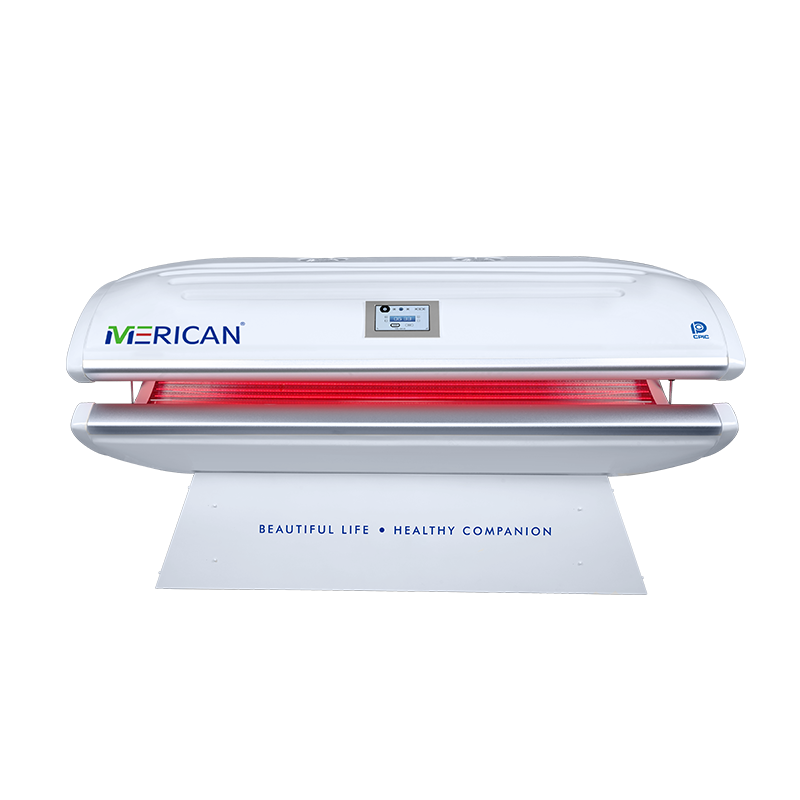
What Is Red Light Therapy?
Red light therapy (RLT), also known as low-level laser therapy (LLLT) or photobiomodulation (PBM), involves exposing the body to low levels of red or near-infrared light. Unlike UV light, red light is safe and does not cause skin damage.
Mechanism of Action
Red light penetrates the skin and is absorbed by mitochondria, the energy-producing structures within cells. This absorption enhances the production of adenosine triphosphate (ATP), boosting cellular energy and promoting healing and regeneration.
Health Benefits of Red Light Therapy
- Skin Rejuvenation
Stimulates collagen and elastin production, reducing wrinkles and improving skin elasticity.
- Wound Healing
Accelerates tissue repair and reduces inflammation, aiding in faster recovery from injuries.
- Pain Reduction
Alleviates chronic pain conditions by reducing inflammation and promoting circulation.
- Hair Growth
Encourages hair regrowth in individuals with androgenetic alopecia.
- Mental Health
It may improve mood and cognitive function by enhancing cellular energy in brain cells.
Safety and Accessibility
- Non-Invasive
RLT is a painless, non-invasive treatment with minimal side effects.
- Controlled Exposure
Allows for precise control over wavelength and intensity, reducing the risk of overexposure.
- Indoor Use
It can be used indoors, making it accessible regardless of weather or time constraints.
Conclusion
Both red light therapy and natural sunlight offer unique health benefits. Natural sunlight is essential for vitamin D synthesis and mood regulation, while red light therapy provides targeted therapeutic effects without the risks associated with UV exposure. Understanding their differences allows for informed decisions on incorporating these therapies into daily routines for enhanced well-being.
As a subsidiary of Merican Holding Group, Merican shines as China’s leading optoelectronic beauty and wellness device manufacturer. Our commitment to health is reflected in our groundbreaking Red Light Therapy and focus on customized product development and service.
Accredited by the global ISO 9001 quality system, Merican maintains superior standards with a top-notch quality management team. Proudly, as a red light therapy bed manufacturer over decades, Merican has satisfied the needs of over 30,000 professional beauty institutions around the world.
FAQs

Does Red Light Therapy Increase Vitamin D?
No, red light therapy does not increase vitamin D levels. Vitamin D synthesis requires UVB radiation, which is absent in red light therapy. Therefore, while RLT offers numerous benefits, it cannot replace sunlight or vitamin D supplementation for maintaining adequate vitamin D levels.
Is Red Light Therapy the Same as Infrared?
Red light therapy and infrared therapy are related but distinct. Red light therapy typically uses wavelengths between 620 and 750 nm, while infrared therapy uses longer wavelengths (750–1,000 nm).
Infrared light penetrates deeper into the body, targeting muscles and joints, whereas red light primarily affects the skin’s surface. Both therapies stimulate cellular energy production but are used for different therapeutic purposes.
Are All Red Light Therapies the Same?
Not all red light therapies are created equal. Variations exist in:
- Wavelength
Different wavelengths penetrate to varying depths and have specific therapeutic effects.
- Intensity
The power output affects the therapy’s effectiveness.
- Device Quality
High-quality devices ensure consistent wavelength and intensity, while low-quality devices may not deliver therapeutic benefits.
- Treatment Protocols
The duration and frequency of sessions can influence outcomes. Choosing a reputable device and following the recommended guidelines for optimal results are essential.
Does Red Light Therapy Help Sunburn?
Yes, red light therapy can aid in sunburn recovery. It reduces inflammation, alleviates pain, and accelerates skin healing by enhancing cellular energy production. However, RLT should not be used as a preventive measure against sunburn, as it does not provide UV protection.


